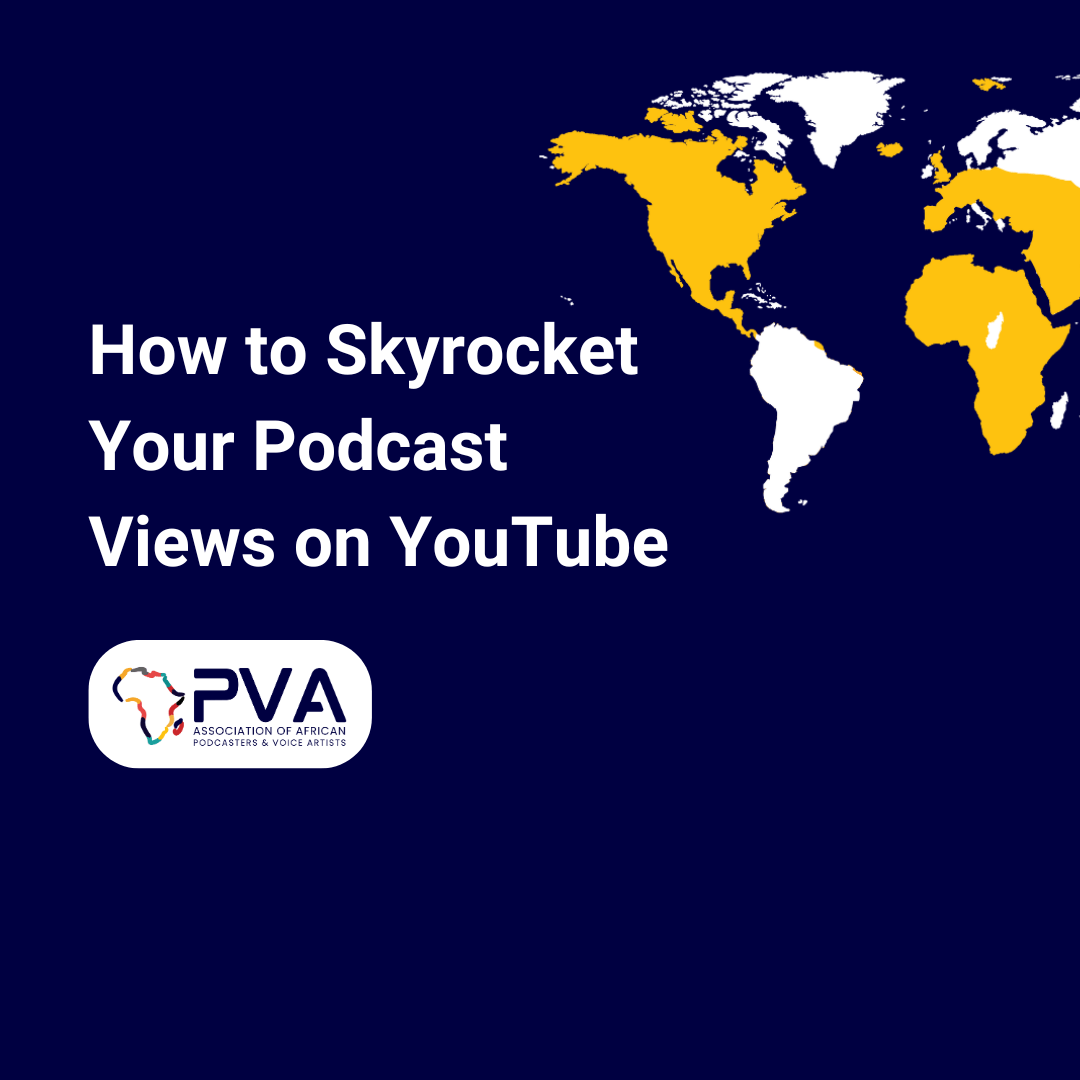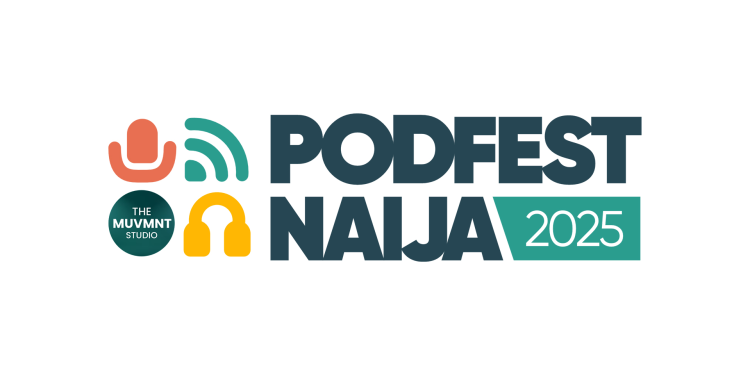If you’ve been tirelessly filming, editing, and uploading podcast episodes to YouTube without seeing significant growth, chances are you’re making critical mistakes. YouTube rewards creators who understand how to optimize their content, and today, we’re diving into seven must-know rules that top content marketers use to explode podcast growth on the platform. Implement just a couple of these strategies, and your videos are guaranteed to see a boost in engagement and visibility. Let’s break it down.
Rule #1: Thumbnails and Titles First
Before you even start outlining your podcast episode, you need to craft an engaging title and a compelling thumbnail. Why? Because if viewers don’t click, they won’t watch.
- Think about the title first. What will make someone intrigued enough to press play?
- Sketch out the thumbnail concept. Ensure it’s visually appealing and works well even in a small size.
- A/B test your thumbnails. YouTube now allows you to test multiple thumbnails to see which performs best. Create at least three different versions per video and let YouTube determine the winner over time.
Rule #2: Hook Viewers in the First 30 Seconds
One of the biggest YouTube growth factors is audience retention, and the first 30 seconds are crucial. If you can keep more than half of your viewers watching past this mark, YouTube will reward you by suggesting your content to more people.
How to craft a great hook:
- Start with a bold statement or question – Spark curiosity.
- Present a problem – Something relatable to your audience.
- Establish authority – Why should they trust you?
- Give a clear promise – What value will they get by the end of the video?
Example: “Most people think they know how to grow on YouTube, but they’re making this crucial mistake…”
Rule #3: High-Dynamic Editing
High-performing YouTube videos are visually engaging, especially in the first three minutes. If your podcast is just a static, single-angle video, chances are viewers will lose interest.
Key elements of high-dynamic editing:
- B-roll footage – Show behind-the-scenes or relevant visuals.
- Text animations – Use CapCut or Descript for easy, engaging text overlays.
- Transitions and sound effects – Add movement and audio effects to enhance the viewer experience.
- Cut out unnecessary pauses – Keep the pace snappy and engaging.
Rule #4: Keyword Research for Searchability
YouTube is the second-largest search engine after Google. Understanding what people are searching for in your niche can help you create highly discoverable content.
How to do keyword research:
- Use YouTube’s autocomplete feature – Start typing your topic and see what suggestions pop up.
- Use tools like TubeBuddy and AnswerThePublic – Get insights into trending search queries.
- Analyze competitors – Check what keywords high-performing videos in your niche are using.
Once you identify high-ranking keywords, integrate them into your video titles, descriptions, and tags to increase discoverability.
Rule #5: Optimize Every Video
YouTube provides various fields to fill out when uploading a video. If you’re not maximizing these, you’re missing out on organic growth opportunities.
Optimization checklist:
- Title – Include relevant keywords naturally.
- Description – Add a detailed summary, timestamps, and links to related content.
- Tags – Use relevant keywords to help categorize your video.
- Closed Captions (CC) – Upload an accurate transcript for SEO and accessibility.
- Pinned Comment – Encourage engagement by pinning a question or call to action.
Rule #6: Repurpose Content into Shorts
YouTube Shorts is an explosive growth hack for new channels. The Shorts algorithm works separately from long-form content, meaning short clips can bring in tons of new viewers who may later check out your full episodes.
How to create effective Shorts:
- Find engaging moments from your full episodes.
- Use a strong first 3 seconds to grab attention.
- Include captions and bold text overlays.
- Always link to the full episode in the comments and description.
Rule #7: Capture Leads and Monetize
One of the biggest mistakes creators make is not leveraging their audience for long-term growth. Instead of focusing solely on YouTube revenue (which is difficult to scale until you have a large audience), collect email leads and build a direct relationship with your viewers.
Ways to capture leads:
- Offer a free download (e.g., checklist, eBook, exclusive content).
- Create a newsletter signup for weekly updates and insights.
- Promote a waitlist for an upcoming course, product, or membership.
Every video should include a call to action (CTA) directing viewers to sign up, download, or engage with your external content.





